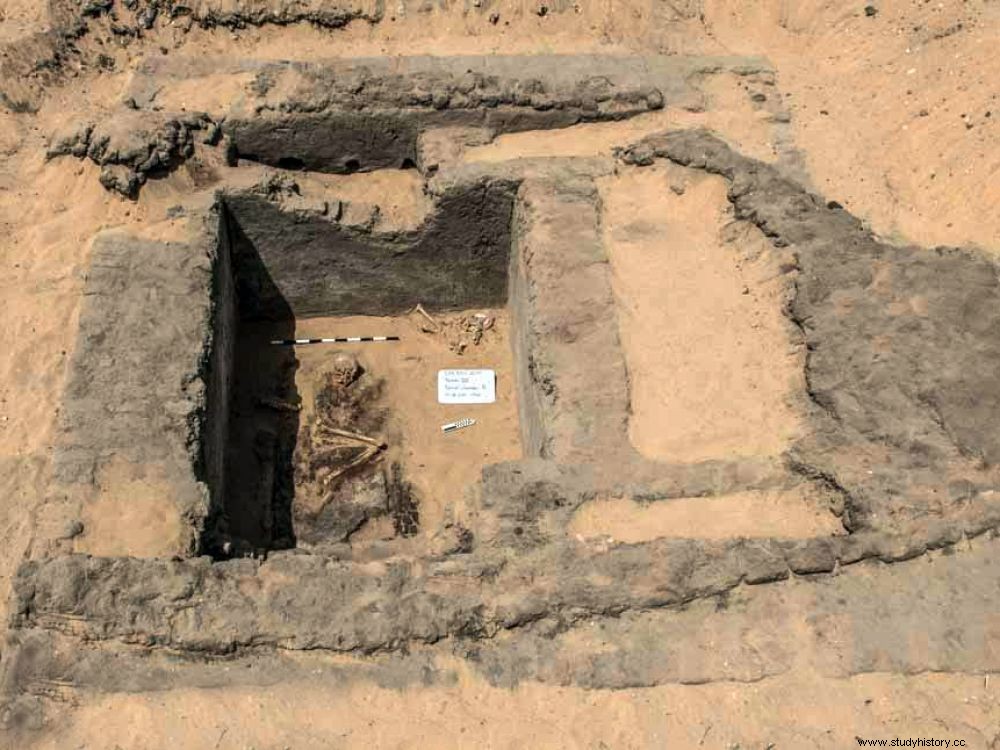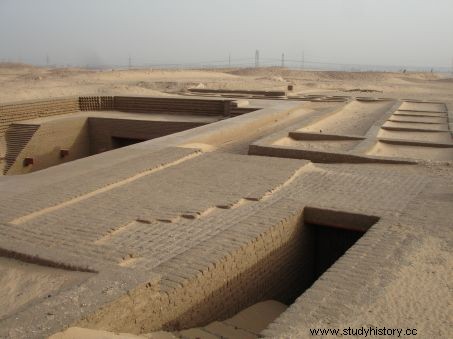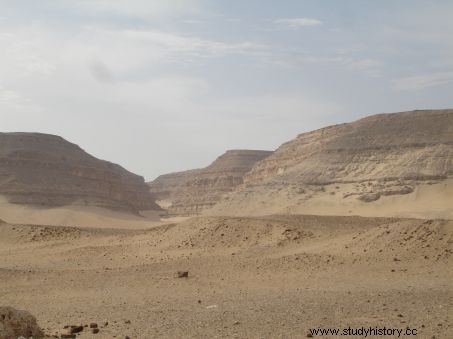Egyptian archaeologists have unearthed a predynastic cemetery at Abydos in Upper Egypt.

With its brick walls, covered with adobe, one of the 5500 year old tombs recently discovered in a predynastic cemetery of Abydos, in the province of Sohag in Upper Egypt.
TREASURES. Abydos, the city of the first rulers of Egypt, 400 km south of Cairo, continues to reveal its treasures. New tombs and the remains of a village have thus been unearthed on this site which was the heart of Egyptian power 5500 years ago. Not that of the famous pyramid-building pharaohs of the Old Kingdom, whose reigns would be much later. But that of the very first kings – nicknamed King Scorpion, King Gazelle, King Jackal, King Lion or King Falcon because of the animal figures to which they referred – and whose remains were housed in the royal necropolis of Abydos between 3700 and 2700 years ago. before our era (read Sciences et Avenir n° 711). The graves that have just been discovered by Egyptian archaeologists acting on behalf of the Ministry of Antiquities date back to 3316 years before our era. According to Dr. Mahmoud Affifi, who directs this work, these are fifteen large vaults with brick facings covered with adobe, some measuring up to 14m long by 5 meters wide. "This cemetery and the human settlements encountered there must have belonged to the high officials and overseers of the royal tombs of the first dynasty of Abydos ". Which had funerary structures also very large, and composed of several rooms. A number of huts, tools, jars and everyday objects belonging to villagers and craftsmen working on behalf of the royal necropolis were also excavated.

Abydos Royal Cemetery:The Tomb of Den is the most sophisticated of the 1 era burials dynasty. Its complex covers an area of 44m by 55m. Steps led to vaults where there were probably royal statues. © Bernadette Arnaud
A necropolis plundered since Antiquity
Revealed in 1804 by the Frenchman Emile-Clément Amélineau, the site of Abydos is famous for its royal hypogeums and its ancient traces of writing, but also for the immense pits for boats that have been exhumed there. They are identical to those found at Giza, near the pyramids of the IV th dynasty (2613-2498), notably that of Cheops. The Abydos deposit thus represents one of the oldest fleets in the world. But this necropolis suffered terribly from ancient looting, after becoming a place of pilgrimage for followers of the cult of Osiris, the god of the Dead who appeared in Egypt around 2300 BC. These devotees thought they could find the tomb of this deity among those of the very first Egyptian rulers. It is therefore a very disrupted and extremely difficult to study archaeological site that specialists, in particular American and German, have been exploring for almost 30 years, and whose recent finds confirm all the richness.

The site of Abydos where the necropolises of the first Egyptian rulers of the predynatic era were found as early as 3800 BCE. © Bernadette Arnaud
